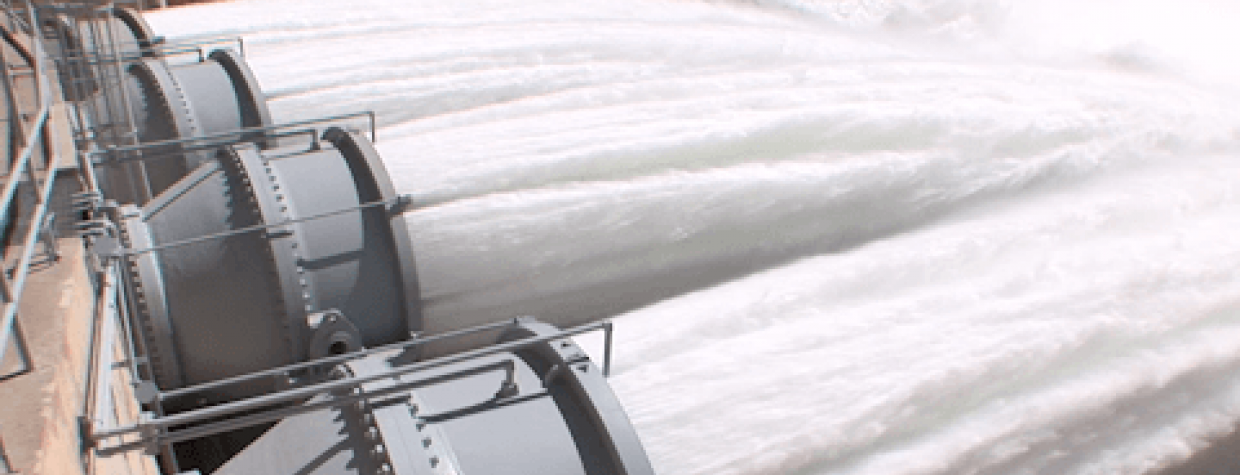Federal officials are experimenting this week with releasing more water than normal from Lake Powell's Glen Canyon Dam into the Colorado River.
The "high flow experiment," which is scheduled to begin today (Monday, November 7) and last four days, is intended to move accumulated sediment downstream and help rebuild beaches and backwater habitats, the U.S. Bureau of Reclamation said in a news release.
At the experiment's peak, approximately 36,000 cubic feet of water per second will be released into Glen Canyon, the bureau said. That means more water making its way downstream to Marble Canyon and the Grand Canyon.
High flow experiments are intended to benefit the canyons' ecosystems by moving sand in the river channel and redepositing it as sandbars and beaches downstream. That can create habitat for wildlife and camping beaches for recreationists. Young native fish, particularly the endangered humpback chub, may also benefit from backwater areas created by the experiment, the bureau said.
The National Park Service, U.S. Fish and Wildlife Service and U.S. Geological Survey partnered with the Bureau of Reclamation on the experiment, and state and tribal governments were consulted as well.
Recreational users are being urged to use caution this week in Glen and Grand canyons, as higher-than-normal water levels will occur. Information on the experiment and flow levels will be posted at Glen Canyon National Recreation Area and Grand Canyon National Park.
For more information about the high flow experiment, visit this site operated by the Bureau of Reclamation.

